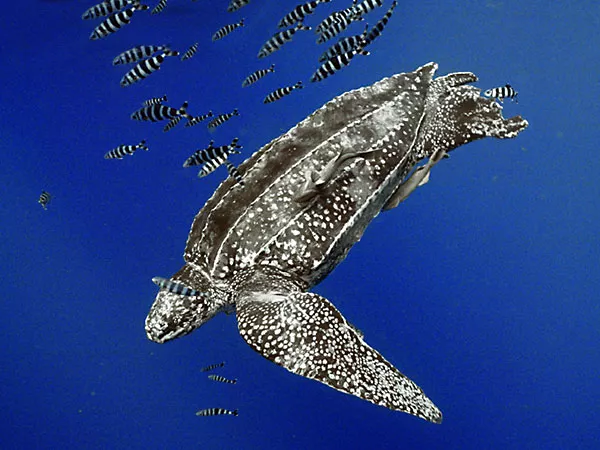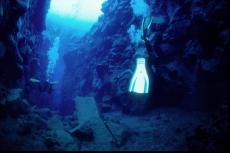Climate change threaten baby leatherbacks
Drexel University researchers have found that the climate conditions at the nesting beach affect the early survival of turtle eggs and hatchlings.
The study also predict, based on projections from multiple models, that egg and hatchling survival will drop by half in the next 100 years as a result of global climate change.
When leatherback turtle hatchlings dig out of their nests buried in the sandy Playa Grande beach in northwest Costa Rica, they enter a world filled with dangers. This critically endangered species faces threats that include egg poaching and human fishing practices.
Climate significant to survival
“Temperature and humidity inside the nest are significant factors affecting egg and hatchling survival,” said Dr. James Spotila, the Betz Chair Professor of Environmental Science in Drexel’s College of Arts and Sciences, and senior author of the study published recently in the journal PLoS ONE.
Spotila and colleagues, including lead author Dr Pilar Santidrian Tomillo of Drexel, therefore examined the relationship between regional climate patterns with leatherback turtles’ nesting success over six consecutive nesting seasons at Playa Grande. This beach is the major nesting site for leatherback turtles in the eastern Pacific Ocean, containing more than 40 percent of nests.
“We have discovered a clear link between climate and survival of this endangered sea turtle population,” said Spotila.
Dry El Niño deadly
The turtles’ hatching success and success emerging from the nest were significantly correlated with weather patterns associated with the El Niño Southern Oscillation (ENSO). ENSO is an irregular pattern of periodic climate variation, shifting between “El Niño” periods with warmer sea surface temperature conditions in the eastern tropical Pacific, and “La Niña” conditions with cooler sea surface temperatures, with ENSO neutral conditions in between. The El Niño cycle is known to influence many ecological processes that vary from location to location.
The researchers found that warmer, dryer El Niño conditions were associated with significantly higher mortality for eggs and hatchlings. Using projections of global climate change due to global warming over the next 100 years, they predicted that El Niño conditions will become more frequent and hatchling success will decline throughout the 21st century at Playa Grande and other nesting beaches that experience similar effects.
We have discovered a clear link between climate and survival of this endangered sea turtle population
—Dr. James Spotila
- Log in to post comments























